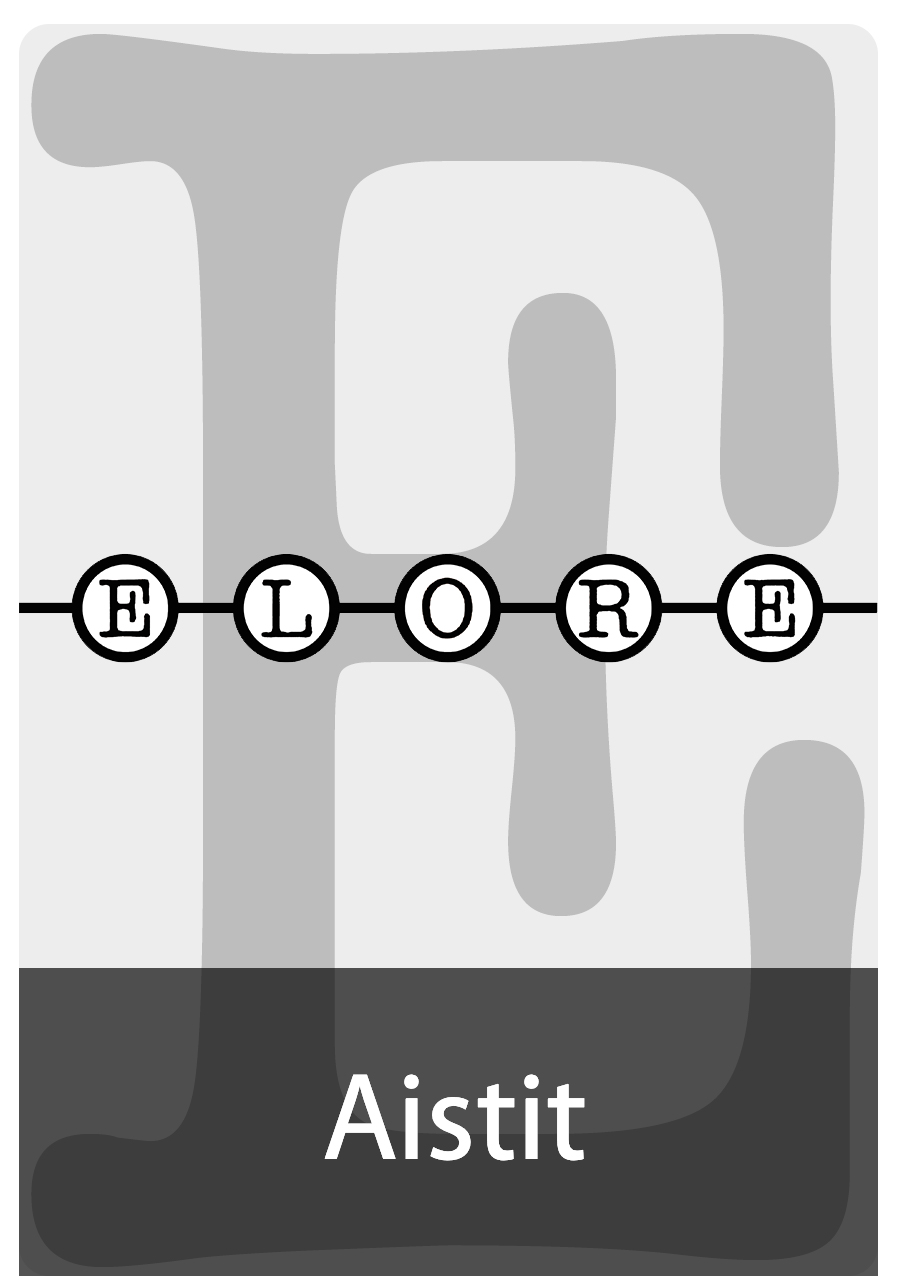”Sanopa minulle, onko meijän hyvä olla täällä?”
Elämäkerralliset paikkasuhteet, niihin liittyvät aistihavainnot ja merkitykset Talvivaaran alueella vuonna 2009
DOI:
https://doi.org/10.30666/elore.78850Abstract
”Tell me, is it good for us here?” Biographical relations to place of three persons from Talvivaara Mining Area. The headline is a statement from my father, an 89-year-old man from Kainuu, in the form of a question, which he often asked our currently 11-year-old son at our former summer house in Kolmisoppi, Sotkamo, in recent years. With this statement, he wanted to express his feelings, attitude and position regarding the place. He had belonged there since childhood and had to give up on the place in 2007. Now it constitutes a part of a mining concession and is in the possession of Talvivaara Oy. Memories are a central part of place experience for the people in the region. There is a connection between the essence of a place, human experience, thinking, feelings and sense perception, and the connection emerges when the problematics of a lost place are examined. Thus, the relation to a place can be examined as a lifelong topobiographical process, which emphasises emotional states and perception. The relation to a place is a physically experienced state of mind, the dynamic existence of perception and feeling, which is largely regulated by the body memory. According to this, people are present in the world particularly through their lives and bodies. Time is in a central position here, since the lived life, related experience and perception are examined from this moment, through the life lived and experienced so far. A place that no longer physically exists, continues to live as a place of memory, in which different factors are emphasised during different phases. (Karjalainen, Pauli Tapani 2004, 2006, 2007; Cresswell 2004; Tuan Yi-Fu 2006; Massey, Doreen 2008; Korjonen-Kuusipuro, Kristiina & Kohvakka, Mikko 2009.) In case of loss, strong sense experiences are connected to the place, because along with the loss, the relation to the place in its entirety focuses on and attaches to certain atmospheres: the landscape with its individual elements, sounds, scents and innumerable nuances.Downloads
Published
How to Cite
Issue
Section
License
The journal follows Diamond Open Access publishing model: the journal does not charge authors and published texts are immediately available on the Journal.fi service for scientific journals. By submitting an article for publication on Elore, the author agrees, as of September 2024, that the work will be published under a CC BY 4.0 licence. Under the licence, others may copy, transmit, distribute and display the copyrighted work and any modified versions of the work based on it only if they attribute the licence, the original publication (link or reference) and the author as the original author. Any modifications made must be acknowledged.
Copyright of the texts remains with the authors, and self-archiving (Green OA) of the published version is allowed. This also applies to texts published before September 2024. The Green OA publication must include Elore's publication details.
The metadata for published articles is licensed under Creative Commons CC0 1.0 Universal.





